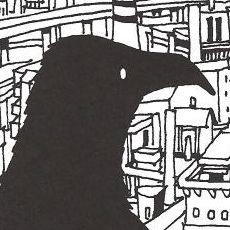Tag: spiral
-
Spiralling into insanity, looking at Junji Ito’s horror manga Uzumaki
Read More →: Spiralling into insanity, looking at Junji Ito’s horror manga UzumakiI’ve been reading a lot of manga lately. In the past, I’d go through brief fits of reading the stuff, but it always felt temporary, like a fling while my romance with anime hit the buffers. This time, it’s totally different; I’m ready to devour as much as I can find. By and large, anime…
